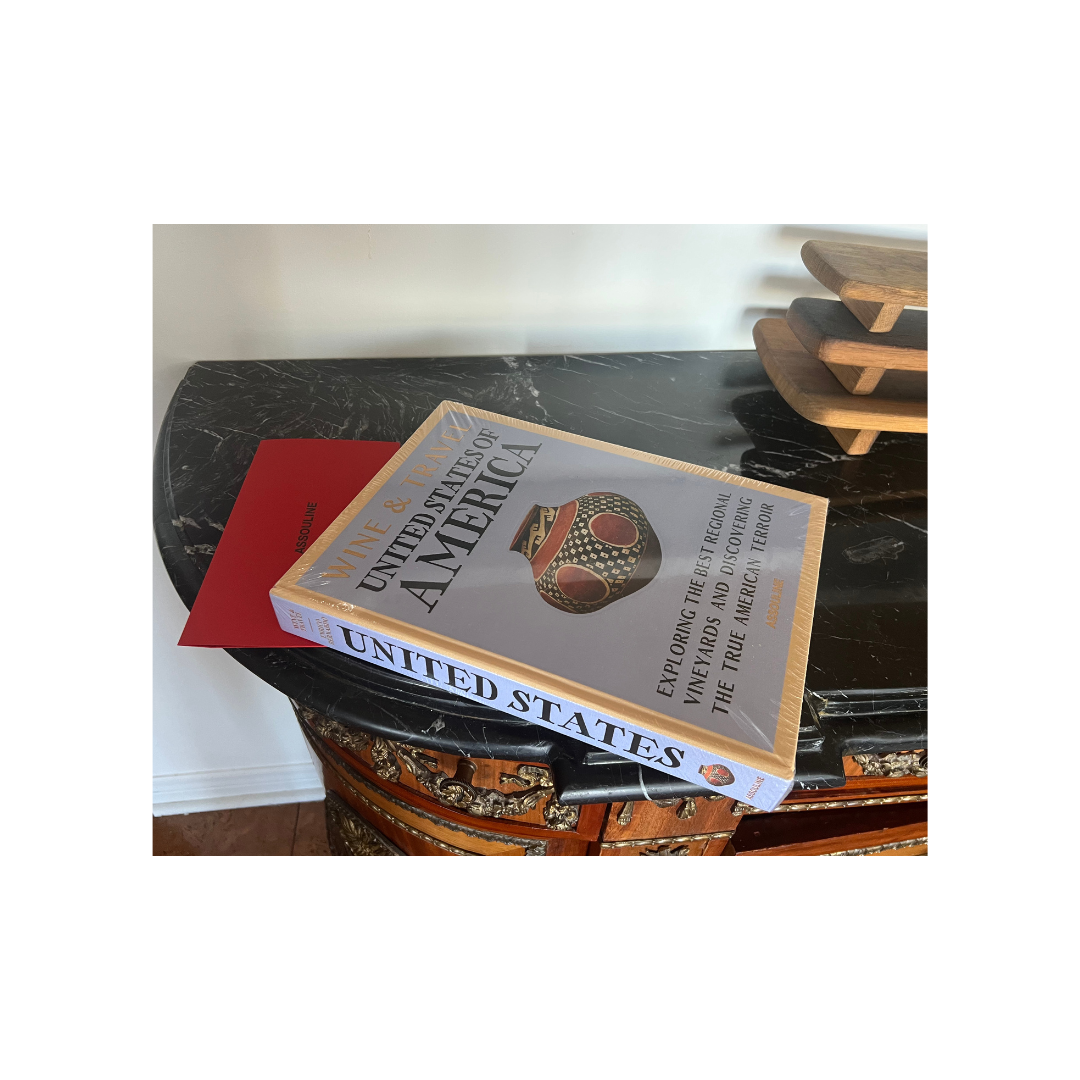I’m thrilled to receive a copy of Assouline’s Wine & Travel United States of America – fresh off the press!
With a quick overview, this latest publication from Assouline offers a timely exploration of the American wine industry through the dual lenses of culture and tourism. Authored by Enrico Bernardo, World’s Best Sommelier (2004), the book reveals how America’s wine regions are shaping both consumer tastes and the nation’s global identity for premium wine tourism, presenting these regions not only as destinations but also as cultural expressions of land, climate, and community.
Bernardo takes readers from California’s Santa Barbara, where Rhône varietals thrive in the Pacific breeze, to Oregon’s Willamette Valley, globally recognized for its refined Pinot Noir. Along the way, he highlights the distinct terroirs of Washington’s Walla Walla Valley, the pioneering sustainability of Sonoma and Mendocino, and the charm of New York’s Finger Lakes. Each chapter underscores how geography, climate, and human vision intersect to create wines that reflect a nation’s spirit of innovation and tradition.
Beyond viticulture, Wine & Travel: USA celebrates the art of hospitality and the culinary traditions that define American wine culture. From Michelin-starred dining in Napa to the approachable tasting rooms of emerging regions, Bernardo further illustrates how wine tourism is a key driver of regional economies and as a catalyst for cross-sector growth in gastronomy, hospitality, and cultural heritage.
A celebrated figure in gastronomy, Bernardo was named Best Sommelier in the World in 2004. His career includes helming Michelin-starred restaurants, global consulting, and authoring seminal works such as The Impossible Collection of Wine and The Impossible Collection of Champagne. With Wine & Travel: USA, he offers both oenophiles and travelers an immersive journey across vineyards, valleys, and coastlines, positioning American wine as a cultural treasure on the world stage.
For wine tourism professionals, the publication reinforces the importance of storytelling, hospitality innovation, and sustainability in strengthening regional identity. It provides not only inspiration but also strategic insight into how American wine destinations can continue to expand market share and cultural resonance on the global stage.
I’m looking forward to digging in and reading this thoughtful study of how American wine regions are redefining global wine tourism!

